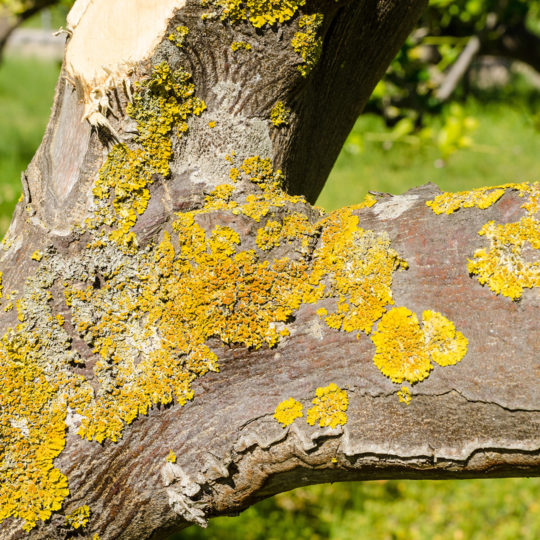Preventing Common Tree Diseases
And Treatment Options if You Can’t
Posted
May 18, 2023

Would you be able to tell if your tree is sick? While it can’t tell you there’s a problem, it can show you. Knowing the signs of some of the most common tree diseases is the first step in diagnosing a problem. The next step could mean the difference between treating the tree or having it removed.
Common Tree Diseases
Tree disease isn’t only a problem for the plant. Disease weakens the tree and turns it into a potential hazard to you and your property. Some problems are treatable. Others are fatal. The only way to know for sure is by having a professional arborist diagnose the issue.
Here are some symptoms of the most common tree diseases. Some trees are more susceptible than others. If you notice your tree is in distress, it’s best to call a professional soon to see if it’s salvageable.
- Anthracnose. This fungal disease affects foliage, flowers, and fruit on the trees and shrubs it attacks. Species of ash and sycamore are more at risk. You may notice leaf drop or dense shoot growth. Any dead areas or infected leaves should be removed. There is also a fungal treatment formulated to help stop the spread.
- Apple Scab. Much like it sounds, this fungal disease creates scab-like lesions on apple and crabapple trees. Not only does it look unattractive, but over time the infected tree may lose all of its leaves. Left untreated, the infected tree becomes more susceptible to other diseases. Remove any infected sections, including fallen leaves. Fungal treatments won’t fully cure the tree, but it helps to prevent further damage.
- Canker. Often spotted as dark, elongated lesions on the branches or trunk. Causes range from fungal or bacterial infection. Left untreated, the large sores weaken the branches and cause serious structural damage. Remove any diseased or broken branches to help prevent spreading. Prune on a dry day since wet weather encourages fungus to spread.
- Diplodia Tip Blight. Mature conifers are known to suffer from this fungal disease. Causes range from poor soil to stress. Signs includes small black growths on the needles and pine cones. Remove any damaged areas and treat with a specialized fungicide in the spring when new buds start to grow.
- Dothistroma Needle Blight. This pine disease causes needles on the lower part of the tree to brown and drop from a lack of air circulation. Treat with a fungicide formulated for this type of infection.
- Fire Blight. This bacterial infection affects apple and pear trees. It starts with limiting blossoms, then causes cankers to form before wilting shoots. While there is no definitive cure, you can help prevent the spread by removing the diseased areas during the dormant season. Bacterial sprays may also help, but it’s best to get a professional opinion on the likelihood of survival.
Professional Pruning & Disease Prevention
If you’ve noticed signs of tree distress—from extensive leaf drop to lesions—consult a professional arborist to help confirm the issue. Misdiagnosing a problem could mean wasted treatment and eventually losing the tree.
Since a sick tree is weaker, more care is needed to prune and treat any issue. A professional can help in these areas as well and help nurse the plant back to health if at all possible. Contact Elite Tree Care if you notice any signs of distress. Your trees would thank you if they could.